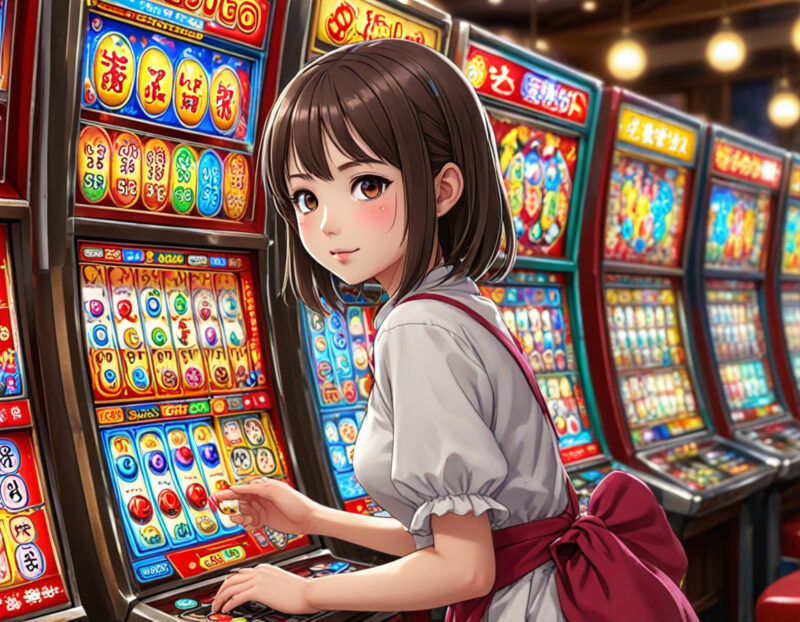
In 2019, pachinko made ¥21 trillion. That was 3.7% of Japan’s GDP for that year (Higuchi, 2020). Historically, pachinko, when combined with Japan’s lottery and legal sports betting, makes more money than Japan’s car industry (McMahon, 2014). Officially, pachinko isn’t considered gambling. Rather, Japan’s government sees it as an amusement or a skill-based game. Pachinko managed to avoid being lumped into a 1980s shift in legal language surrounding gambling. At the time, the yakuza had shifted their attention to video poker. The language change ended up including video games. Stuffing video games into this language has hurt the ability for people to be paid competitive gamers in Japan and has hurt companies’ ability to hold paid video game tournaments (Nakuamura, 2017). Pachinko dodged this shift because of the nature of the game and because of its popularity. The game’s ease of play helped the game’s popularity. McNicol (2003) speaks to this:
As forms of gambling go, pachinko isn’t particularly complicated. Players insert small steel balls into a tray on the front of a kind of vertical pinball machine. The balls are automatically fired up behind the transparent face of the machine. Depending on how they fall (plus various digital and mechanical workings inside), more may emerge at the bottom. There seems little for the players to do other than pour the balls in and try to control their trajectory by twiddling a dial on the machine’s face.
If you aren’t familiar with pachinko, it’s a vertical pinball game that has a bit of a tangled lineage. Pachinko (or pachi-slot) descends from a vertical American game called Corinth Game. Corinth Game came from the French billiard-derived game Bagatelle. Bagatelle traces to French soldiers who came to the US to help the Americans during the American Revolutionary War. Corinth Game entered Japan around the 1920s. Corinth Game was a vertical, gravity-powered game where a ball shot in an arc and fell through pins to end up in a score pocket in the bottom of the machine. Corinth Game split into horizontal pinball and the vertical pachinko. In pachinko, a spring launches the 11 mm metal ball upward. Gravity pulls the ball over pins and spinners. The player controls the ball toward a winning pocket. Machines were originally mechanical. Some are electronic (Reed, 2010). As Reed writes:
“Pachin” is a Japanese word that’s akin to the English “click”-the sound made by the dropping balls. Owners of parlors would “fix” machines by slightly bending pins to favor or repel balls from falling into the winning pockets. Thus some machines could have “good days”, or a “bad day” the next.
Masamura Takeuchi is seen as the creator of modern pachinko. After the devastation of World War II, he wanted to bring his favorite childhood game to adults. He built his first machines from recovered, old tea chests and glass taken from greenhouses.
Pachinko’s popularity encompasses a wide range of ages and manages to avoid Japan’s general view that gambling is financially reckless. Pachi-slot is classified as a leisure activity because it involves personal skill. But regulations prevent players from winning pachinko balls or tokens and bans the people or various mechanisms that change the player’s chances of winning. In other words, the house can’t rig machines (although in practice this happens). As Hirano and Takahashi (2003) write:
A Pachinko parlor is a place where a businessperson can take time off to relax. It is a place where a housewife spends time between her housework to get rid of her stress, or a place were retired people enjoy time without their spouse for a while.
Notice that so far I’ve not mentioned anything about winning money. Gambling for cash is illegal in Japan. Pachinko parlors get around this by offering prizes as payouts. You exchange your trays of metal balls for various small prices (such as a mechanical pencil). You then go to a nearby building where you exchange those prizes for cash. The widgets, toys, stationary, and other trinkets act as poker chips. The system exploits a long-standing loophole in the legal language.
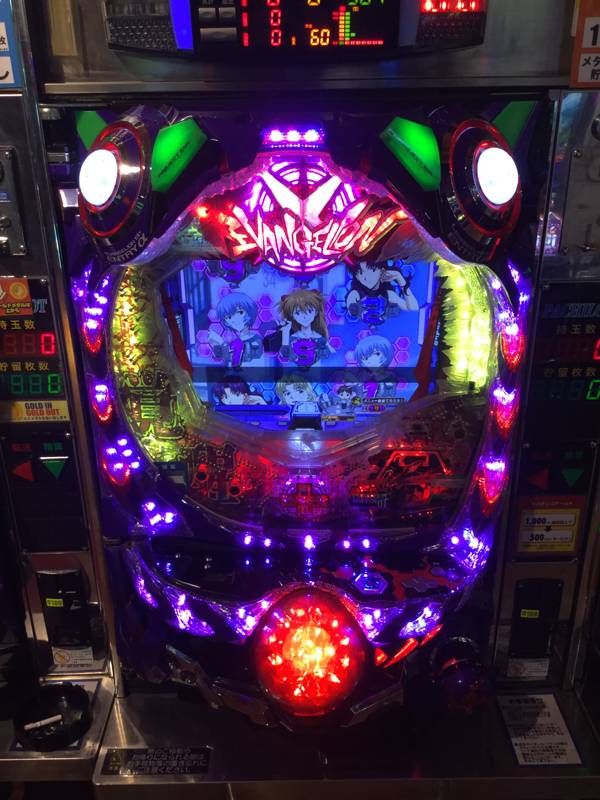
Pachinko has enjoyed a long popularity, but its popularity declines. During pachi-slot’s heyday in the 1980s-1990s, around 30 million people played. In 2003, it had 20 million players (McNicol, 2003). In 2020, 7.1 million played. The number of parlors also declines. The studies I’ve found don’t state the reasons behind the decline. They suggest people don’t have as much interest, but Japan’s population decrease over the decades would naturally link into these numbers too. These numbers set the stage for the Japanese government to finally move toward opening a few casinos. The push started around 2003. Casinos struggled to gain popular support, in part, because of Japan’s taboo about gambling addiction. In 2017, Japan had its first national survey on gambling behavior and gambling disorder. The survey found Japan’s gambling addiction rate was on par with other countries. Pachinko, however, links to longer-term gambling problems: “One small-scale study reported about 90% of GD (gambling disorder) treatment seekers were addicted to pachinko/pachi-slot with similar findings replicated” (Higuchi, 2020).
Many pointed toward the South Korean casino Kangwon Land as an example about the risks of casinos. Five-hundred people living in the same town as the casino were homeless casino addicts, and 2,000 people spent more than 100 days gambling in the casino in a year. To combat this, the casino banned people who played for 15 days a month for 2 months straight until the players took gambling addiction classes (Kong, 2017). Between these worries and cultural taboos, Japan’s government took years to secure enough support. In 2023, Prime Minister Fumio Kishida finally approved the plan for the first casino. The casino will be built in Osaka with the partnership of MGM Resorts International. Two more locations are planned and the government banks on the casinos to help Japan’s tourism recover (Reynolds, 2023).
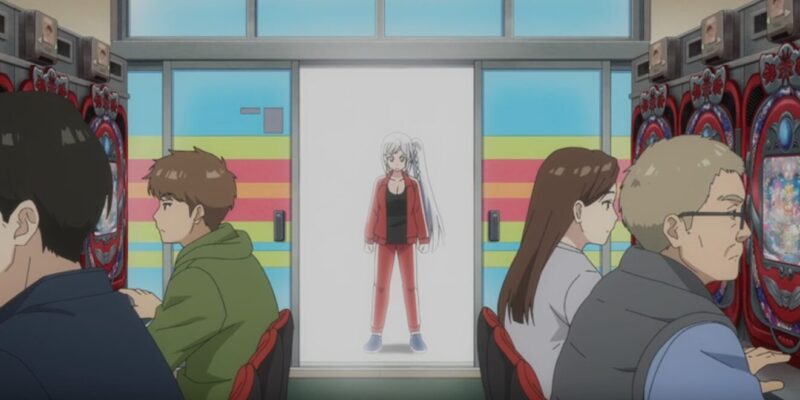
Where do these casinos leave pachinko parlors? I doubt three casinos will impact the parlors. The casinos seem to be aimed at tourists more than Japanese players. Pachinko parlors remain a local affair. The parlors face more perilous challenges from video games and online gambling. Pachinko, like other industries, faces Japan’s population decline. It’s possible the casinos may increase foreign interest in pachinko if the casinos feature a version of the game. But this could lead to more pachinko-related regulation too. I suspect panchinko will become niche like the US’s pinball arcades have become. Both enjoy passionate fans, but pinball isn’t anywhere near as common as when I was a kid. Pinball games were found everywhere back then. Now, pinball games are found in people’s homes, in “geek” (video game) shops, and in the few remaining arcades. Pachinko will likely go this direction.
So, have you had a chance to play pachinko? What did you like about it?
References
Higuchi, Susumu (2020) Casino opening, gambling disorder, and newly developed legislative measures targeting the disorder in Japan. Psychiatry and Clinical Neuroscience. 74. 165.
Hirano, Ko, Kyomi Takahashi (2003) Trends of Japan’s Giant Leisure Industry: Pachinko. UNLV Gaming Research and Review Journal. 7 (2).
Kong, Kanga (2017) Homeless Korean Casino Gambling Addicts Signal Warning for Japan. Bloomberg.
McMahon, Tamsin (2014) Land of the Rising Wager. Maclean’s 127 (11). 44.
McNicol, Tony (2003) Risky Biz. Japan Inc.
Nakamura, Yuji and Takako Taniguchi (2017) Japan Isn’t Getting Its Share of Gaming Gold. Bloomberg Businessweek.
Reed, Daniel J. (2010). “How the Game Works”. Dan’s Pachinko Data Page. https://faculty.ccp.edu/faculty/dreed/Campingart/pachinko/game.htm.
Reed, Daniel J. (2010). A little about the machines, and who makes (made) them”. https://faculty.ccp.edu/faculty/dreed/Campingart/pachinko/about.htm.
Reynolds, Isabel, and others. (2017) Japan Looks to Curb $200 Billion Spent on Pachinko Gambling. Bloomberg.
Reynolds, Isabel, and others. (2017) Japan’s Forgotten Gambling Addicts Stand in Way of First Casino. Bloomberg.
Reynolds, Isabel (2023) Japan’s Government Approves Plan for First Casino. Bloomberg.
Trends in the Number of Pachinko Parlors and Player Population. http://pachinko-shiryoshitsu.jp/en/structure-industry/transition/.

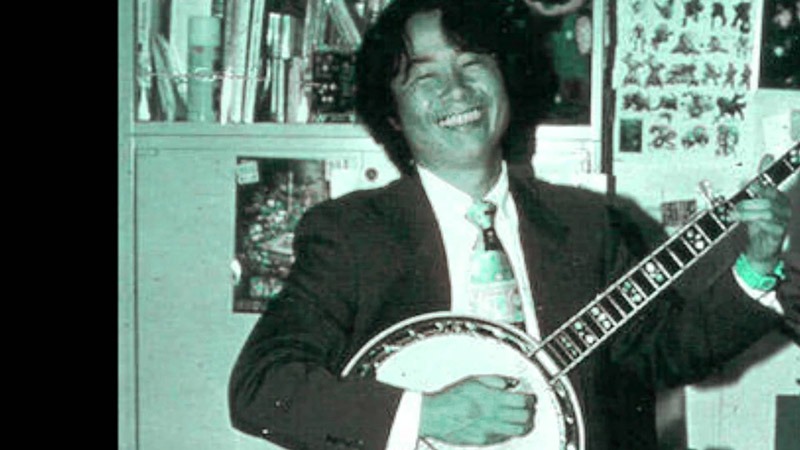
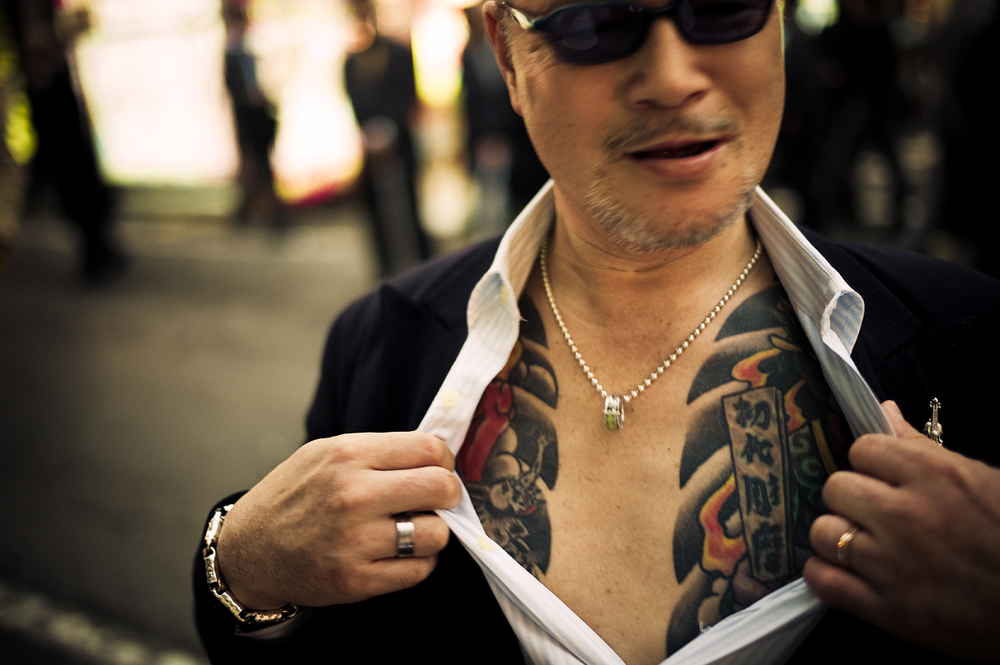
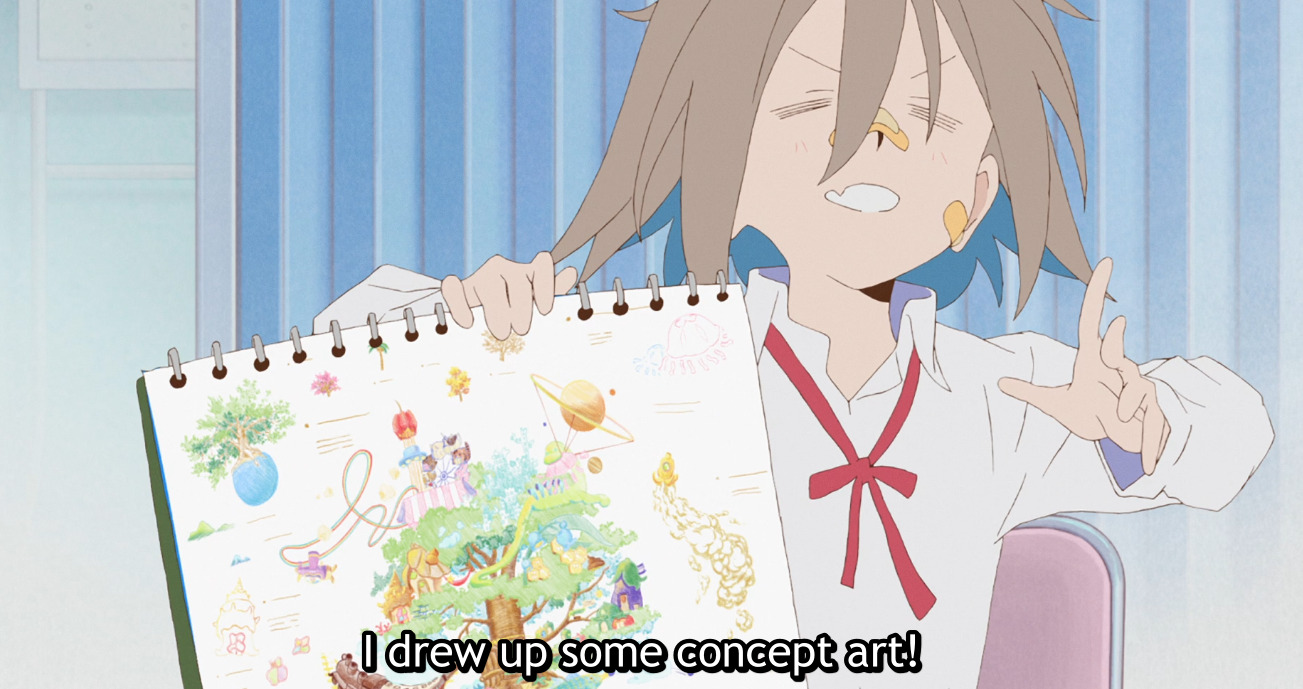
No, I’ve never played any “pachi-pachi”, despite living a block away from a large hall (now gone). I could never get past the wall of smoke behind the front door.